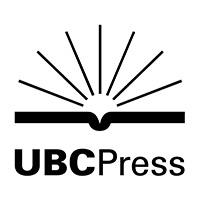University of British Columbia Press
The Making of Modern Chinese Medicine, 1850-1960
9780774824330
9780774824323
Distributed for University of British Columbia Press
The Making of Modern Chinese Medicine, 1850-1960
Medical care in nineteenth-century China was spectacularly pluralistic: herbalists, shamans, bone-setters, midwives, priests, and a few medical missionaries from the West all competed for patients. This book examines the dichotomy between “Western” and “Chinese” medicine, showing how it has been greatly exaggerated. As missionaries went to lengths to make their medicine more acceptable to Chinese patients, modernizers of Chinese medicine worked to become more “scientific” by eradicating superstition and creating modern institutions. Andrews challenges the supposed superiority of Western medicine in China while showing how “traditional” Chinese medicine was deliberately created in the image of a modern scientific practice.
Table of Contents
1 Modernities and Medicines
2 The Spectrum of Chinese Healing Practices
3 Missionary Medicine from the West
4 The Significance of Medical Reforms in Japan
5 Public Health and State-Building
6 Medical Lives
7 New Medical Institutions
8 From New Theories to New Practices
9 Conclusions: Medicine and Modernity with David L. Schwarzkopf
Notes; Bibliography; Index

